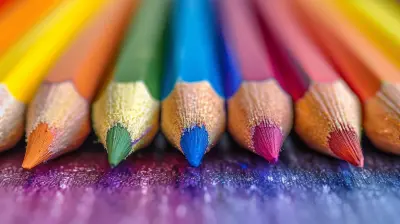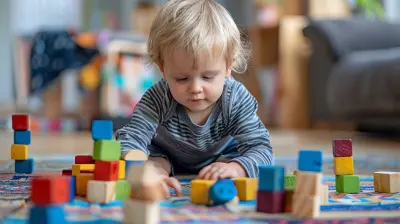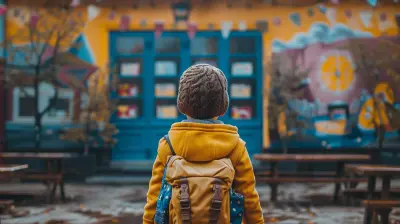Recognizing Learning Styles to Support School Readiness
3 May 2025
As parents, we all want the best for our kids. We want them to thrive academically, socially, and emotionally. But let’s be honest—every child is unique, and there’s no one-size-fits-all approach to getting them ready for school. Some kids soak up knowledge like a sponge, while others need a little more guidance to get into the groove of learning. This is where recognizing your child’s learning style can be a total game-changer.
Ever heard the phrase, “Different strokes for different folks”? Well, the same logic applies to learning. Understanding how your child learns best can help you tailor activities and support strategies that’ll set them up for success before they even step foot in a classroom. So, grab a cup of coffee, settle in, and let’s dig into how recognizing learning styles can light the path to school readiness.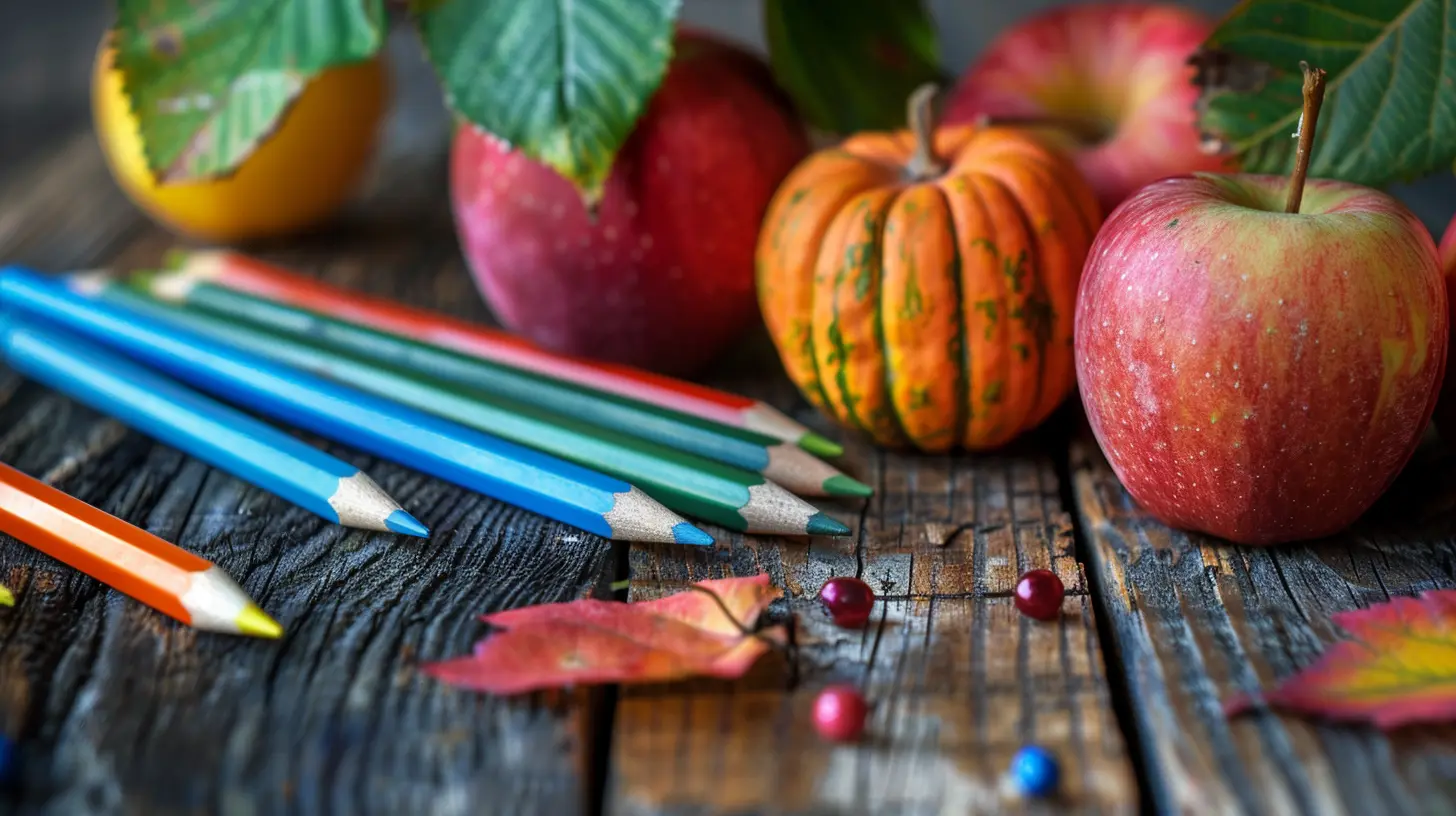
What Are Learning Styles, Anyway?
Before diving in, let’s get one thing straight: learning styles aren’t about sticking a label on your kid or boxing them in. Instead, think of them as a lens—a way to observe and better understand how your child processes information. Some experts categorize learning styles differently, but the most common breakdown includes these three:1. Visual Learners
These kids learn best through sight. They thrive on pictures, diagrams, and written words. If your kid loves looking at illustrations, pointing out patterns, or staring at the pages of a book, they might be a visual learner.
2. Auditory Learners
These little chatterboxes process information through sound. They flourish in environments where they can hear, speak, and listen. Whether it's through songs, group discussions, or verbal instructions, auditory learners respond best when things are said out loud.
3. Kinesthetic Learners
Got a child who can’t sit still? They’re probably a kinesthetic learner! These kids absorb knowledge through hands-on experiences and physical activities. They might love building with blocks, playing with clay, or running experiments in the backyard. 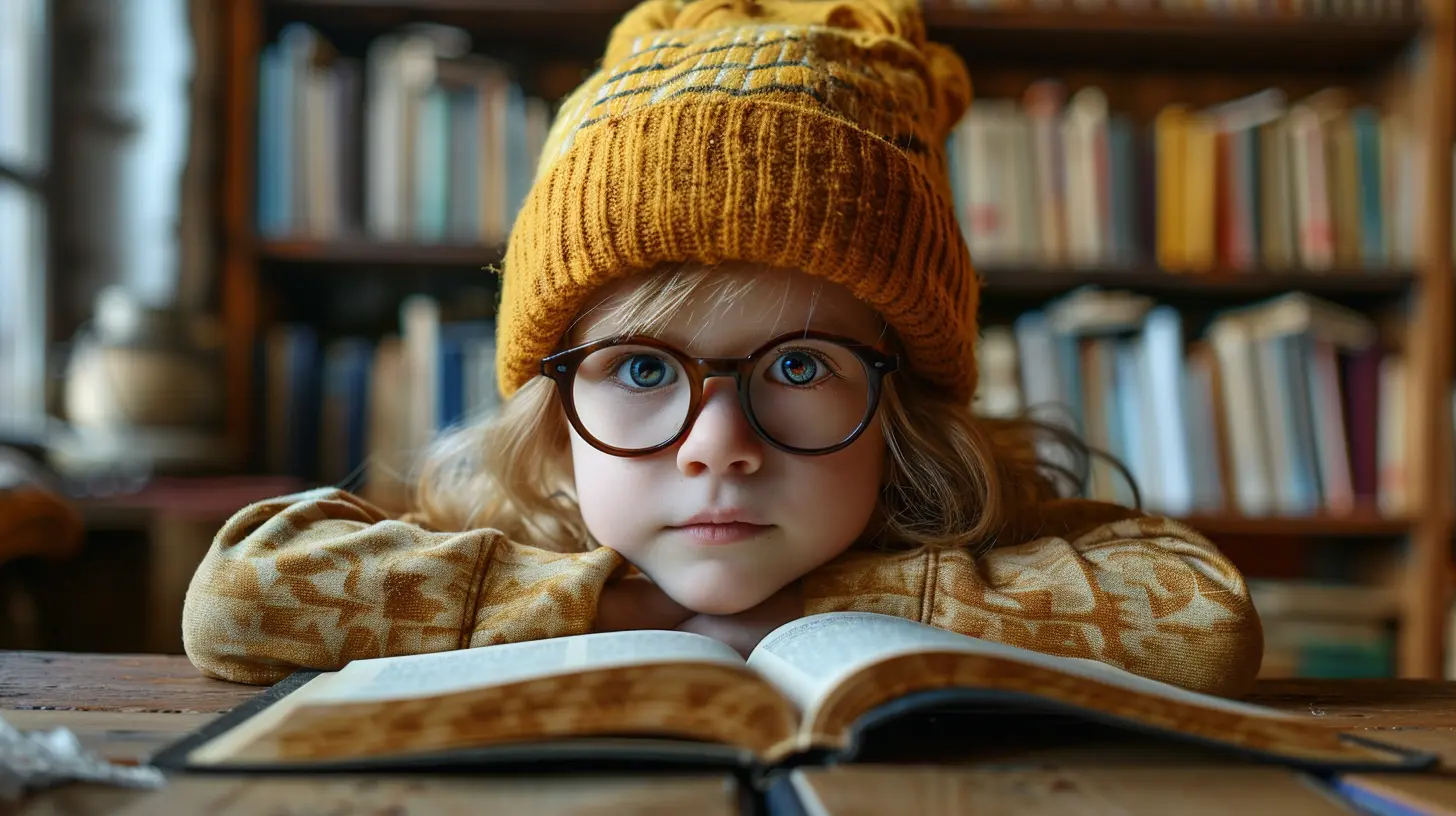
Why Learning Styles Matter for School Readiness
Picture this: You’re trying to teach your child something new—like counting or recognizing shapes—and no matter how hard you try, the lesson doesn’t seem to stick. It’s not because your child isn’t capable; it’s just that you might not be speaking their “learning language.”When you figure out your child’s learning style, you aren’t just helping them retain information—you’re building their confidence. And let’s face it, confidence is a huge part of school readiness. If your child feels good about their ability to learn, they’re more likely to walk into that classroom eager and excited instead of anxious or overwhelmed.
Recognizing learning styles also helps you teach smarter, not harder. It’s like using the right tool for the job. A hammer might work for a nail, but it wouldn’t do much for a screw, right? The same goes for learning. When you align your approach to your child’s natural strengths, the results can be incredible.
Signs To Look For: Identifying Your Child’s Learning Style
So how do you figure out what learning style fits your child best? Keep an eye on their preferences and behaviors during everyday activities. Here’s a quick rundown to help you spot the signs:For Visual Learners
- They love looking at books with plenty of pictures.- They enjoy puzzles, patterns, and drawing.
- They seem to focus better when things are written down.
For Auditory Learners
- They hum or sing while playing.- They remember things better when they hear them.
- They enjoy group conversations or storytelling sessions.
For Kinesthetic Learners
- They’re always moving—jumping, climbing, or running.- They tend to explore objects by touching and manipulating them.
- They prefer "doing" rather than passively observing.
Take note of what excites your child and where they naturally shine. Remember, there’s no official test to determine learning styles—it’s about tuning into your child’s world and noticing what lights them up. 
Supporting School Readiness Through Learning Styles
Once you’ve identified your child’s learning style, the next step is using that knowledge to your advantage. Let’s dive into some strategies tailored to each learning style.For Your Visual Learner
- Use flashcards, charts, and storybooks with vivid illustrations.- Create a colorful schedule or checklist for daily activities.
- Incorporate art projects to teach concepts like shapes or colors.
Simple yet effective visuals can make learning exciting for them. Even something as basic as a “shape scavenger hunt” with pictures can work wonders.
For Your Auditory Learner
- Turn lessons into songs or rhymes. (Ever tried singing the ABCs?)- Use audiobooks, podcasts, or verbal storytelling.
- Ask them to repeat instructions or teach something back to you—it reinforces their learning.
Auditory learners often thrive when there’s a rhythm or melody involved. So, don’t shy away from singing silly songs like, “We’re going to the store, we’re going to count to four!”
For Your Kinesthetic Learner
- Play learning games that involve movement—think hopscotch with numbers or shapes.- Let them trace letters in sand, play with modeling clay, or build structures with blocks.
- Break lessons into smaller chunks with plenty of breaks for physical activity.
For these active kids, learning doesn’t have to mean sitting down at a desk. Think outside the box—learning can happen at the park, the kitchen table, or anywhere they feel free to move.
The Mix-And-Match Factor
Here’s the kicker: Most kids aren’t strictly one type of learner. Your child might lean strongly toward one style but still benefit from a mix of approaches. Let’s say your little one is a visual learner who also enjoys hands-on activities—why not combine the two? For example, use colorful building blocks to explore counting or patterns.Cultivating A Lifelong Love Of Learning
Recognizing learning styles isn’t just about getting your child ready for kindergarten—it’s about laying the foundation for a lifelong love of learning. When kids feel understood and supported in their unique ways, they develop a growth mindset and self-confidence that carries them far beyond the classroom.And you don’t need a fancy curriculum or expensive programs to make this happen. Simple, everyday interactions—like singing songs during bath time, creating sidewalk chalk art, or reading a bedtime story together—can nurture their learning style and create beautiful memories along the way.
Final Thoughts
At the end of the day, every child has their own way of making sense of the world. Recognizing learning styles is just one piece of the puzzle when it comes to preparing them for school. But it’s a powerful one.So take a step back, observe, and enjoy the process of discovering how your child learns best. They’ll surprise you with their resilience, creativity, and curiosity—and with your support, they’ll be ready to take on the world, one milestone at a time.
all images in this post were generated using AI tools
Category:
School ReadinessAuthor:

Max Shaffer
Discussion
rate this article
5 comments
Genevieve Wyatt
This article provides valuable insights into understanding children's learning styles. By recognizing their unique approaches, we can better support their school readiness and foster a positive learning environment. Thank you for sharing these essential strategies!
May 19, 2025 at 3:27 PM

Max Shaffer
Thank you for your thoughtful comment! I'm glad you found the insights valuable for supporting children's learning.
Aelith Hudson
Understanding your child's unique learning style is essential for fostering their school readiness. By embracing their individual strengths, we can create supportive environments that nurture curiosity and confidence, paving the way for successful learning experiences.
May 8, 2025 at 4:41 PM

Max Shaffer
Thank you for your insightful comment! Embracing each child's unique learning style truly enhances their school readiness and fosters a love for learning.
Jocelyn Jordan
Valuable insights for fostering individual learning approaches.
May 7, 2025 at 5:06 AM

Max Shaffer
Thank you! I'm glad you found the insights valuable for promoting individualized learning.
Kimberly Hines
Understanding your child's learning style enhances their school readiness and helps tailor effective learning strategies.
May 6, 2025 at 3:24 PM

Max Shaffer
Absolutely! Recognizing a child's learning style is key to supporting their school readiness and fostering effective learning strategies tailored to their unique needs.
Selena Johnson
Understanding your child's unique learning style is like finding the key to their success! Embrace their strengths, have fun exploring, and watch them shine in school readiness. You’ve got this, super parents!
May 4, 2025 at 2:42 PM

Max Shaffer
Thank you for your encouraging words! Embracing each child's unique learning style truly unlocks their potential. Let's continue to support and celebrate their journeys!
